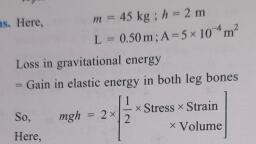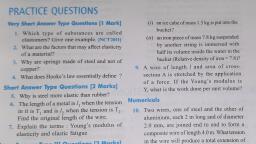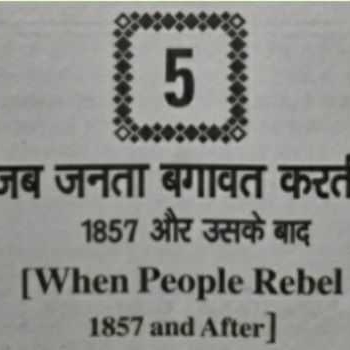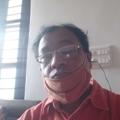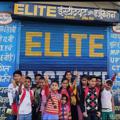Question 1 :
If the diagonals of a parallelogram are equal, then it is a ____________.
Question 2 :
What is the sum of all the angles of a quadrilateral?
Question 3 :
The figure obtained by joining the mid-points of the sides of a rhombus, taken in order, is
Question 4 :
P, Q, R and S are respectively the mid-points of sides AB, BC, CD and DA of quadrilateral ABCD in which AC = BD and $AC\perp BD$.What type of quadrilateral is PQRS?
Question 5 :
The diagonals AC and BD of a parallelogram ABCD intersect each other at the point O. If $\angle DAC = 32^{\circ}$ and $\angle AOB = 70^{\circ}$, then $\angle DBC$ is equal to
Question 6 :
ABC is a triangle right angled at C. A line through the mid-point M of hypotenuse AB and parallel to BC intersects AC at D. Is D the mid-point of AC?
Question 7 :
<img style='object-fit:contain' src='https://teachmint.storage.googleapis.com/question_assets/cbse_ncert/61b1d20cf59b460d7261f52b.PNG' />
In ∆ ABC shown in the above fig, D, E and F are respectively the mid-points of sides AB, BC and CA. ∆ ABC is divided into four triangles by joining D, E and F. How many of these triangles are congruent ?
Question 8 :
The diagonals of a ___________ are equal and bisect each other at right angles.
Question 9 :
<img style='object-fit:contain' src='https://teachmint.storage.googleapis.com/question_assets/cbse_ncert/61b1d210f59b460d7261f531.PNG' />
In parallelogram ABCD shown in the fig above, two points P and Q are taken on diagonal BD such that DP = BQ. Is AP $\neq$ CQ ?
Question 10 :
<img style='object-fit:contain' src='https://teachmint.storage.googleapis.com/question_assets/cbse_ncert/61b1d212f59b460d7261f533.PNG' />
ABCD is a parallelogram shown in the above fig and AP and CQ are perpendiculars from vertices A and C on diagonal BD. Is AP = CQ ?
Question 11 :
<img style='object-fit:contain' src='https://teachmint.storage.googleapis.com/question_assets/cbse_ncert/61b1d200f59b460d7261f51a.PNG' />
Which of the fig shown above is a parallelogram ?
Question 12 :
In quadrilateral ABCD, $\angle A + \angle D = 180^{\circ}$. What special name can be given to this quadrilateral?
Question 13 :
State true or false : A quadrilateral is a parallelogram, if a pair of opposite sides is equal and parallel.
Question 14 :
<img style='object-fit:contain' src='https://teachmint.storage.googleapis.com/question_assets/cbse_ncert/61b1d20af59b460d7261f527.PNG' />
Using the above fig, identify the quadrilateral formed by the angular bisectors of all the angles of a parallelogram.
Question 15 :
<img style='object-fit:contain' src='https://teachmint.storage.googleapis.com/question_assets/cbse_ncert/61b1d214f59b460d7261f537.PNG' />
In ∆ ABC and ∆ DEF in the above fig, AB = DE, AB || DE, BC = EF and BC || EF. Vertices A, B and C are joined to vertices D, E and F respectively. Quadrilateral ABED is a ______________
Question 16 :
ABCD is a rhombus in which altitude from D to side AB bisects AB. Find the $\angle ABC$ of the rhombus.
Question 17 :
State true or false: A rectangle or a rhombus is not a square.
Question 18 :
According to the Converse of Mid Point theorem, the line drawn through the mid-point of one side of a triangle, parallel to another side ___________ the third side.
Question 19 :
<img style='object-fit:contain' src='https://teachmint.storage.googleapis.com/question_assets/cbse_ncert/61b1d21ef59b460d7261f544.PNG' />
In the above fig, ABCD is a trapezium in which AB || DC, BD is a diagonal and E is the mid-point of AD. A line is drawn through E parallel to AB intersecting BC at F. F ____________ BC.
Question 20 :
<img style='object-fit:contain' src='https://teachmint.storage.googleapis.com/question_assets/cbse_ncert/61b1d203f59b460d7261f51f.PNG' />
Which of the two fig shown above has a smaller area ?







